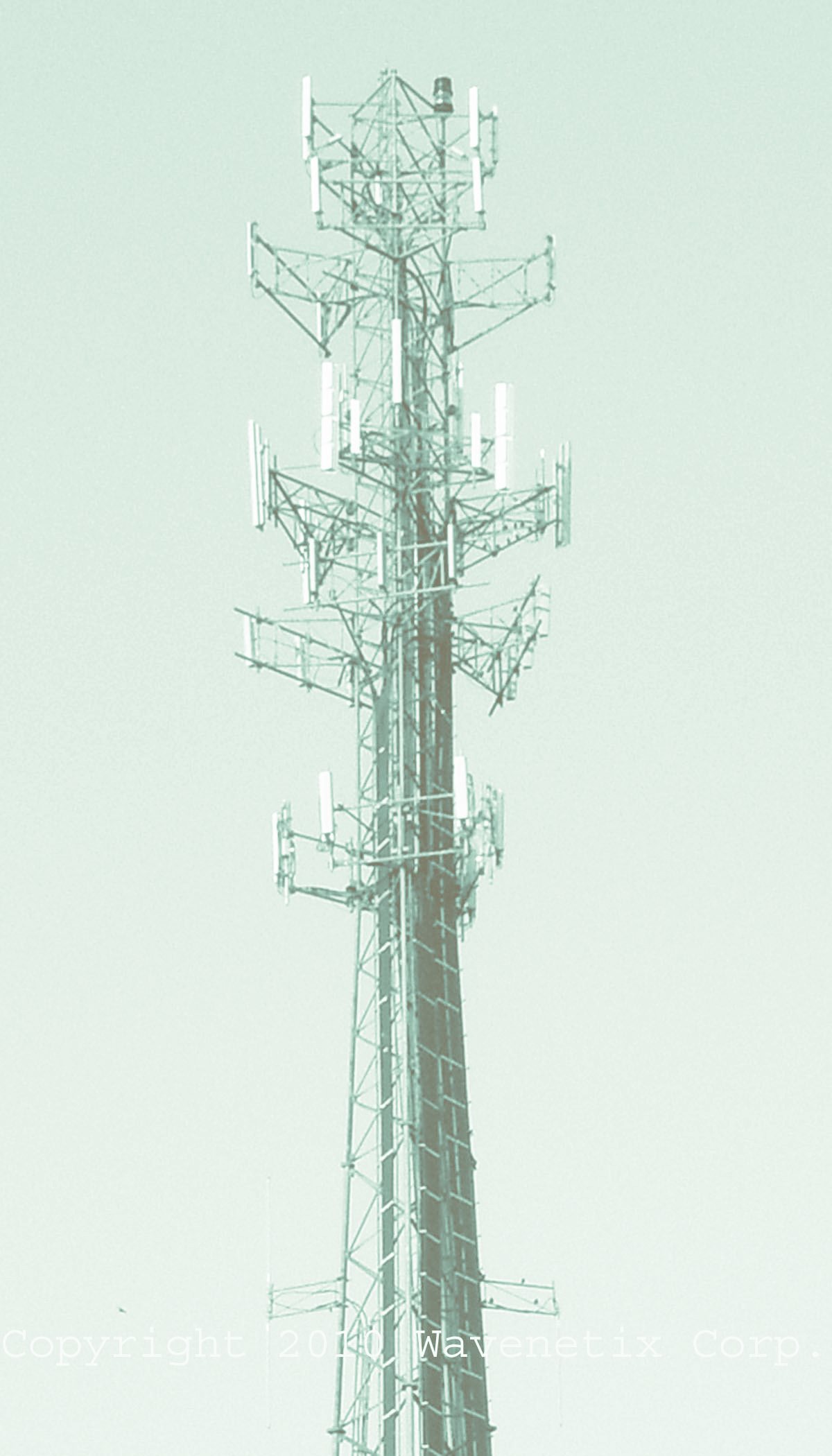
MIMO and multipath propagation: impact on test and measurements

MIMO is the most important technique for enhancing spectrum efficiency. High link throughputs rely on certain assumptions about the temporal-spatial characteristics of wideband channels; actual channel characteristics will be subject to test and measurements by appropriate tools.
Wideband MIMO channel emulators are used for testing mobile devices and basestations. Traditionally, channel emulators have been using standardized statistical channel models for various propagation scenarios. The models represent typical channel characteristics, but they cannot reproduce unique real-life channel conditions that cause specific failure modes in new wideband devices.
For instance, if a field test uncovers certain failure behaviors of a device-under-test, it would be desirable to capture the channel conditions that cause these failures and then reproduce same conditions in the lab for testing modified devices consistently. This technique is used as a part of the Over-the-Air (OTA) testing of mobile devices that has been established as a preferred method of testing in recent years.
One example of a channel-emulator vendor with such capability is Azimuth Systems of Acton, Mass. who offers the so-called "field-to-lab" solution.
A similar solution has been offered by Spirent under the name of Virtual Drive Test Converter. It can accept inputs from channel sounders.
One more channel emulator vendor, Elektrobit of Finland, announced in 2010 a partnership with a channel-sounder manufacturer, Medav of Germany, to use the sounder or Medav's drive-testing services, in order to record actual channel conditions for subsequent play-back by EB's channel emulator. It is not clear if this partnership produced any tangible results.
Since RF scanners used for channel parameter capture have limited ability to find signals and interference and since they do not capture actual spatial information for multipath signal components, channel emulator vendors use scanners only to provide the power envelope for signals, synthesizing the actual multipath components using statistical models; in this way, the testing solution remain approximate and does not provide a faithful reproduction of real-life scenarios in the field.
This creates a need for a true MIMO spatial channel scanner able to measure signal and interference multipath channel profiles in a wide dynamic range. A scanner whose capabilities approach those of a channel sounder, but without the notorious expense and aggravation of using a real channel sounder.
© 2010-2014 Wavenetix Corp. Longear is a trademark of Wavenetix Corp. All other trademarks or registered trademarks belong to their respective owners.